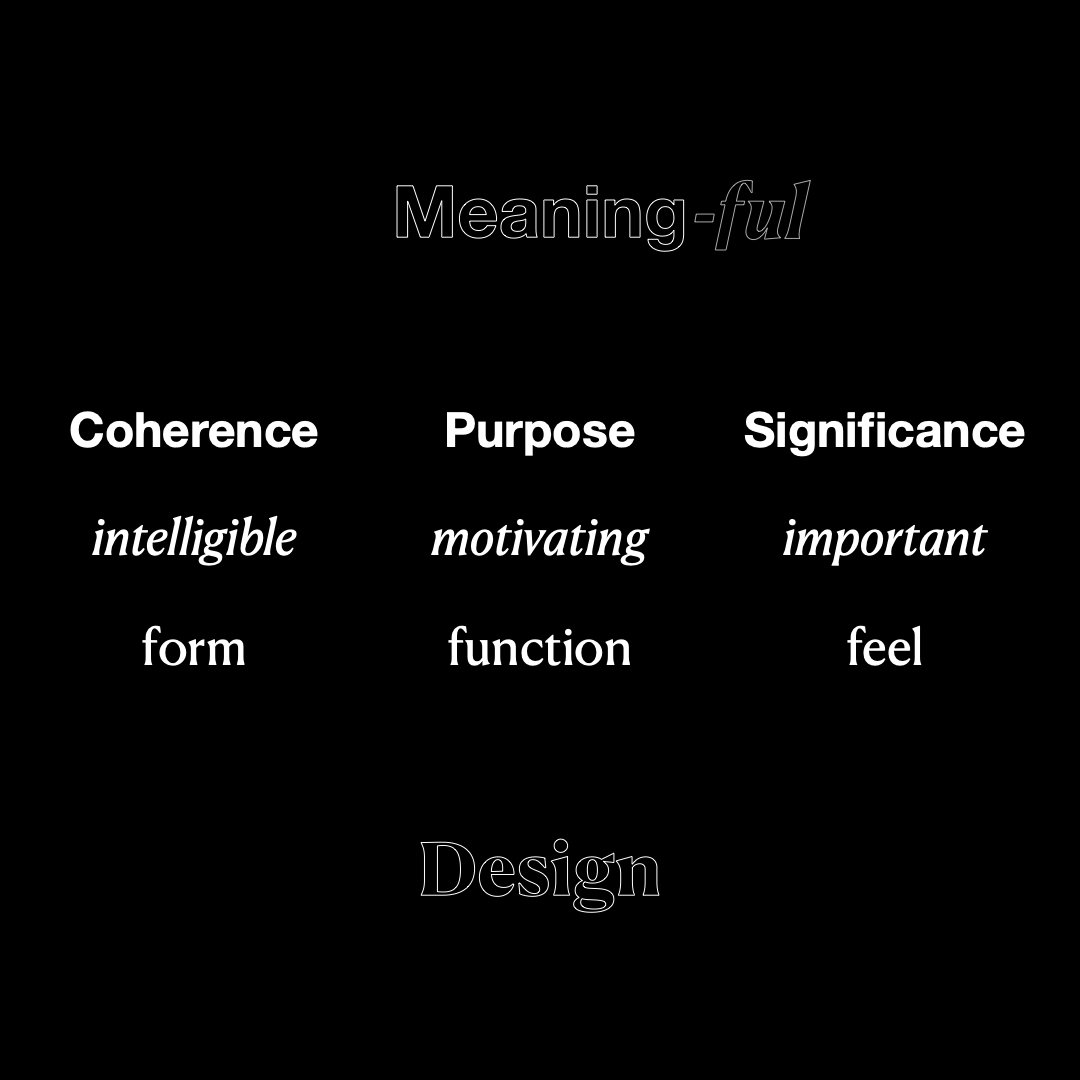Discussing: Familiarity (On simplicity #3)
You’re invited to the next online discussion about simplicity on Thursday, 11th April 2024.
Next Thursday, 11th April 2024, we are going to discuss familiarity, which I wrote about in the third article of the series:
On simplicity #3 • Familiarity
We are incredibly good at implicit learning. Without consciously trying to spot patterns, subconsciously we constantly keep looking for them, continuously constructing and testing mental models, until we develop an intuition that feels like we know what’s going on, without being able to explain it.
As always, no need to be familiar with the whole series and no need to have attended previous online discussions. If you have thoughts and opinions after reading my take on familiarity, please come and join us!
Thank you!
Last week we discussed Meaning-ful design. I am very grateful for everyone who joins these discussions. I don’t know if you realize it, but spending 90 minutes hearing what other people think about this helps me tremendously refining this series and making it more coherent — which, as you know, is kind of an important (significant?) aspect of it.
It helps in various ways:
In preparation I go through this week’s article again to remind myself of all the specific claims I made and to create a few slides for the brief summary in the meeting. Often, it has been a while since I wrote it, and because I thought about it a lot more, I can now see more and/or better connections between the points made in it, or in other parts of the series. A more coherent whole develops in my mind. Knowing that there will be an event is a great motivation to do this work.
As we discuss the week’s article, I can see what questions you have, what points you pick up on, and how you think about it. Often this brings completely new perspectives that I would’ve never thought about myself.
Finally, when I review our discussion I often find additional patterns and details that I couldn’t pick up on during the discussion. Hosting and moderating a discussion demands a chunk of my attention and I am thankful that you let me record the meetings to enable that.
All these things last week led to a much clearer concept of what I mean with meaning-ful design:
It is literally an attempted merger between meaning and design, taking the three dimensions of meaning — coherence, purpose, significance — and connecting them to the “three dimensions of design” — form, function, feel. Of course, it is just a thought experiment, but in the meantime I have further developed this connection and I can (and will in detail later) tell you that it goes far and leads to interesting places. Places that I believe have potential to guide us towards creating better things.
Ok, back to work on next week’s discussion about familiarity.
—Stefan
Mirror of the Self is a fortnightly newsletter series investigating the connection between creators and their creations, trying to understand the process of crafting beautiful objects, products, and art.
Using recent works of cognitive scientist John Vervaeke and design theorist Christopher Alexander, we embark on a journey to find out what enables us to create meaningful things that inspire awe and wonder in the people that know, use, and love them.
If you are new to this series, start here: On simplicity…
The previous series starts here: 01 • A secular definition of sacredness.
Overview and synopsis of articles 01-13: Previously… — A Recap.
Overview and synopsis of articles 14-26: Previously… — recap #2.
Also check out my presentation Finding Meaning in The Nature of Order.


